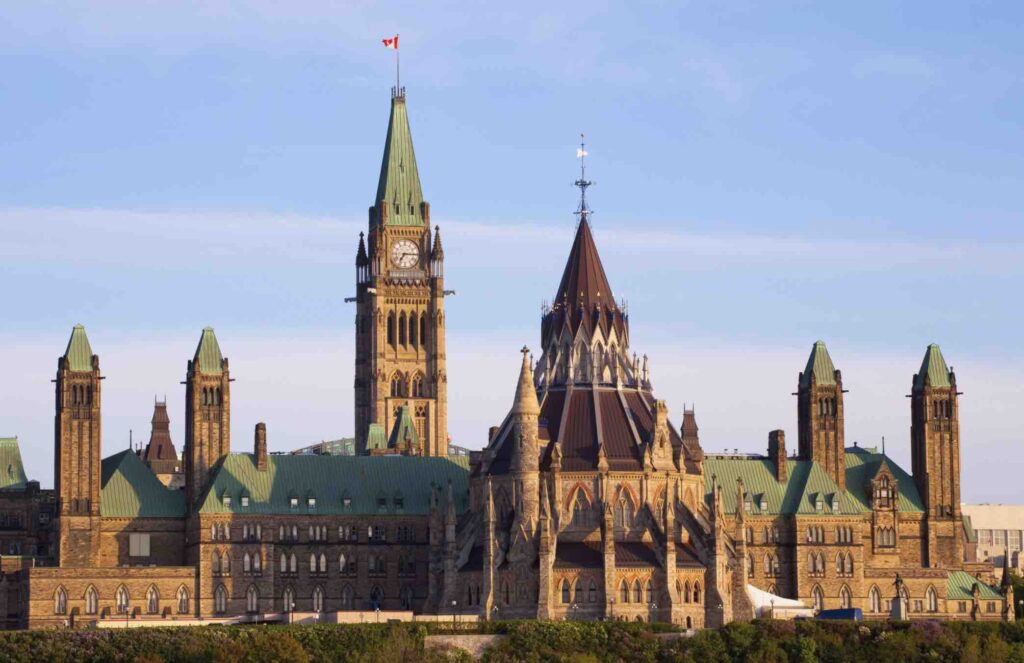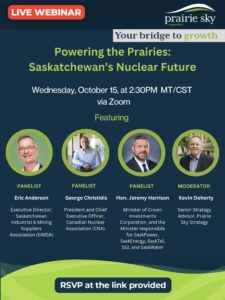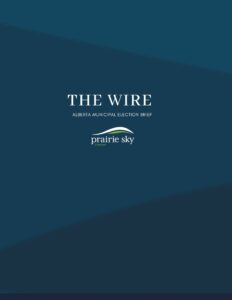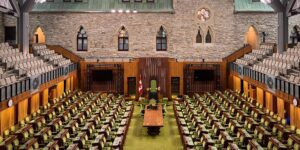Today, Prime Minister Trudeau shuffled his cabinet seeking to fill a hole created by the Honourable Navdeep Bains who stepped down from his post as Minister of Innovation, Science and Industry. Minister Bains stated he was leaving cabinet because he would not be seeking re-election. The resulting changes to the federal cabinet announced by the Prime Minister include:
-
François-Philippe Champagne, previously the Minister of Foreign Affairs becomes the new Minister of Innovation, Science and Industry.
-
Marc Garneau, previously the Minister of Transport, becomes the new Minister of Foreign Affairs.
-
Omar Alghabra, previously Parliamentary Secretary to the Prime Minister (Public Service Renewal) and to the Deputy Prime Minister and Minister of Intergovernmental Affairs, becomes the new Minister of Transport.
-
Jim Carr, currently a Special Representative for the Prairies, has been elevated into cabinet in the same role. Mr. Carr previously served as Minister of Natural Resources and Minister of International Trade Diversification between 2015-2019.
What does it mean?
Although the shuffle is ‘small’ based on the number of cabinet ministers moved, it is a major one because the movement is in key portfolios.
While these are important federal portfolios, each of the new ministers may be limited in their ability to put their fingerprints on the new roles given it looks more and more likely that there will be a federal election this spring. Before Christmas, the Prime Minister told the Liberal Party’s national board of directors that ‘it looks like’ the next election would happen this spring. While the Prime Minister downplayed his interest in an election in a press conference earlier today, he also refused to make a commitment not to trigger an election until after a majority of Canadians are vaccinated.
The Prime Minister predicting an election when none of the opposition parties are clamouring for one and the Minister of Innovation, Science and Industry stepping down in the middle of economic crisis instead of waiting until later this year are a sure sign that the government is anticipating an election this spring, regardless of how it is initiated.
It’s likely that the Prime Minister and his government are regretting their decision not to trigger an election last fall. They could have likely converted their relatively high polling numbers into a majority government, just as Premiers Higgs and Horgan managed to do in New Brunswick and British Columbia. Voters are reluctant to change governments in the middle of a crisis and like last fall, Canada is still in the middle of a crisis.
There are also undoubtedly some political advisors that are pining to go to the polls before the long-term economic consequences of the pandemic become clearer and Canadians look for who to blame. Lastly, in a pandemic-election it will be hard for opposition parties to gain momentum in the absence of large rallies and with limited face to face campaigning opportunities.
Although the economic and health crisis created by the COVID-19 pandemic continues to shape decision making in Ottawa, all moves made in early 2021 by Prime Minister Trudeau (including this shuffle) should be viewed through a federal election lens because that is where we’re headed. The same is true for the decisions and messaging we’ll see in the coming weeks from Conservative Leader Erin O’Toole, NDP leader Jagmeet Singh, Bloc Québécois Leader Yves-François Blanchet and new Green Party leader Annamie Paul who will be ensuring their parties are on a campaign footing.
Lastly, the Prairies have another voice at the table with Minister Carr’s return to cabinet following his step back in 2019 due to a health scare. Now, Minister Carr and Northern Affairs Minister Dan Vandal – both elected in Winnipeg – are the sole voice of the western provinces at the cabinet table given the government did not elect any members in Saskatchewan and Alberta.
We’re here to help.
If you have any questions, please contact:
Ryan Greer – Senior Strategy Advisor
613.324.6012





